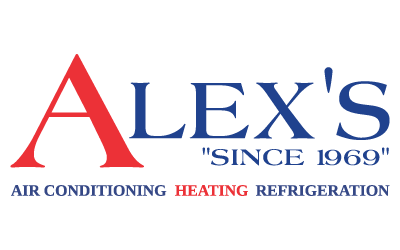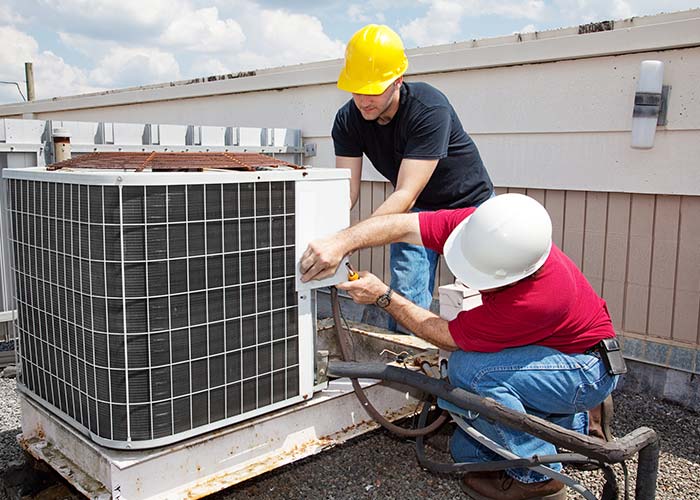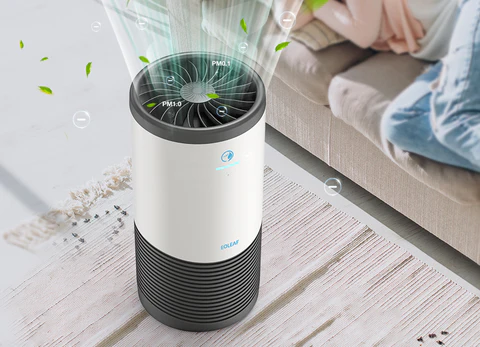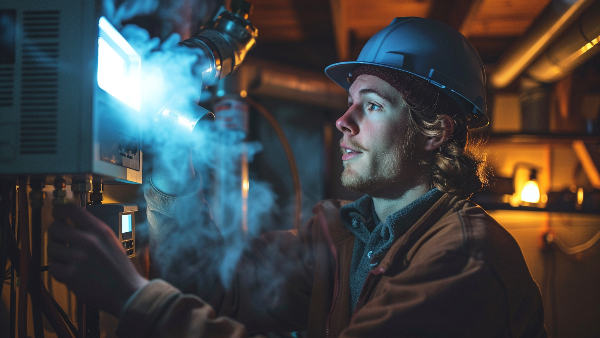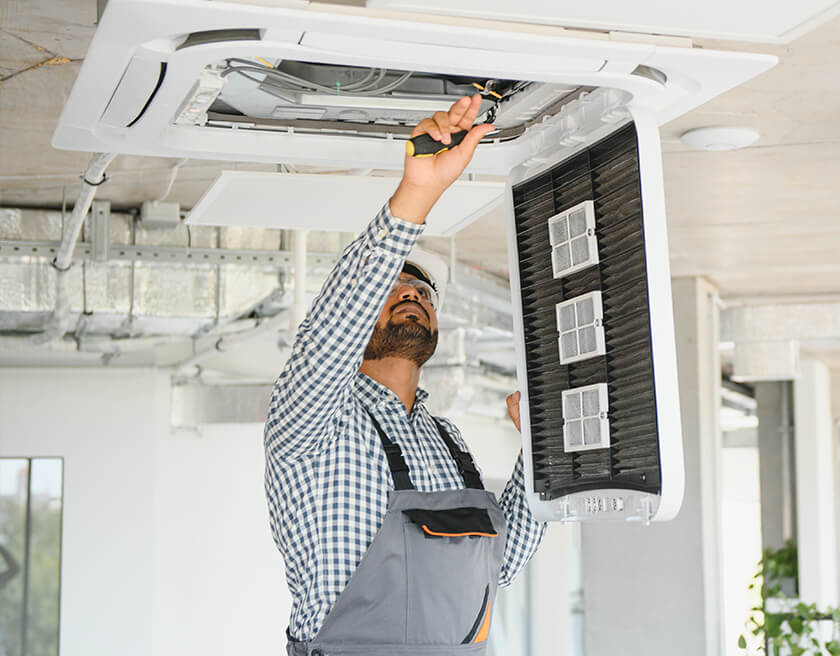Living in Texas means your HVAC system works harder than most. With sweltering summers, sudden cold fronts, and unpredictable humidity swings, Texas weather tests the limits of every home’s heating and cooling setup. Your HVAC unit doesn’t just control comfort it defends your home from the extremes that define the Lone Star State.
When neglected, Texas weather can accelerate wear, drive up energy bills, and even shorten your system’s lifespan. Understanding how the climate interacts with your HVAC is the first step toward efficient, reliable performance year-round.
1. Texas Heat: The Ultimate Stress Test for Your AC
Texas summers can see temperatures soar above 100°F for weeks. During this time, your air conditioner becomes the hardest-working appliance in your home.
Excessive heat causes:
Compressor strain due to continuous operation.
Reduced cooling efficiency when coils are dirty or airflow is restricted.
Higher humidity that makes your system work overtime to maintain comfort.
Regular maintenance like cleaning condenser coils and replacing filters prevents your AC from losing efficiency under heat stress.
Learn more about professional AC maintenance services offered by Alex’s Air.
2. The Winter Dip: Why Texas Cold Snaps Matter
While Texas winters are mild, cold snaps can arrive suddenly and linger long enough to cause HVAC trouble.
Freezing temperatures can:
Crack refrigerant lines
Damage outdoor units not rated for frost
Disrupt airflow if filters or vents are clogged
To prepare, schedule a pre-winter inspection. Alex’s Air’s technicians ensure your system transitions smoothly from cooling to heating without costly surprises.
3. The Humidity Factor
Texas humidity adds another challenge. High humidity not only affects comfort but also impacts indoor air quality (IAQ).
Too much moisture encourages mold growth, while too little dries out wooden furniture and irritates sinuses.
A whole-home dehumidifier or humidifier connected to your HVAC system helps balance this.
Explore IAQ solutions at Alex’s Air Indoor Air Quality Services.
4. Dust, Pollen, and Allergens in the Air
From spring blooms to summer dust storms, Texas is no stranger to allergens. These particles clog filters and circulate through ducts, worsening indoor air quality.
Installing high-efficiency air filters (HEPA-rated) or UV light purification systems can dramatically improve air quality.
Learn more about air purification solutions designed for Texas homes.
5. The Cost of Ignoring Seasonal Maintenance
Skipping seasonal HVAC checkups may seem harmless, but it often leads to:
10–15% higher energy bills
Reduced system lifespan
Increased risk of total failure during peak weather
The U.S. Department of Energy (DOE) recommends biannual HVAC servicing—once before cooling season and once before heating—to maintain peak efficiency.
(Reference: Energy.gov – HVAC Maintenance Tips)
6. Energy Efficiency and the Texas Power Grid
The Texas grid has become a hot topic in recent years. During extreme weather, inefficient HVAC units can spike power demand.
Modern systems equipped with variable-speed compressors and smart thermostats reduce energy waste and help stabilize home comfort even when temperatures swing wildly.
See Alex’s Air’s guide on energy-efficient HVAC upgrades.
7. Seasonal Tips for Homeowners
Spring: Clean air ducts, replace filters, and check refrigerant levels.
Summer: Inspect outdoor coils, clear vegetation, and calibrate thermostats.
Fall: Test your heating components early to avoid surprises.
Winter: Monitor humidity and ensure vents aren’t blocked by furniture or décor.
Consistent upkeep ensures year-round reliability and can save you hundreds annually in energy costs.
8. How Weather Fluctuations Affect Thermostat Performance
Texas weather shifts can cause thermostats to misread actual home temperatures, especially older models.
Upgrading to a smart thermostat (like Nest or Ecobee) allows adaptive programming based on your schedule and the local weather forecast.
This small upgrade can reduce cooling costs by up to 15%, according to ENERGY STAR (source).
9. Protecting Your Outdoor Unit from Texas Elements
Wind, rain, and debris often damage outdoor HVAC units. Ensure your system is elevated, shaded, and cleared of vegetation to maintain airflow.
Consider adding a protective awning or cover designed for HVAC systems—just ensure it doesn’t block ventilation.
10. Partnering with Professionals Who Know Texas Weather
Your HVAC technician should understand Texas-specific conditions—from Galveston humidity to Dallas heat waves.
At Alex’s Air, our local experts customize maintenance plans around the state’s unique climate challenges. Whether you need AC repair, seasonal servicing, or a full system upgrade, we help you stay comfortable through every season.
Conclusion: Stay Ahead of the Weather
Texas weather isn’t forgiving, but your HVAC system doesn’t have to suffer for it.
By scheduling regular maintenance, upgrading for efficiency, and adapting to seasonal demands, you can protect your investment and keep your home comfortable all year long.
Ready to prepare your system for the next Texas weather swing?
Schedule a maintenance appointment with Alex’s Air today.
